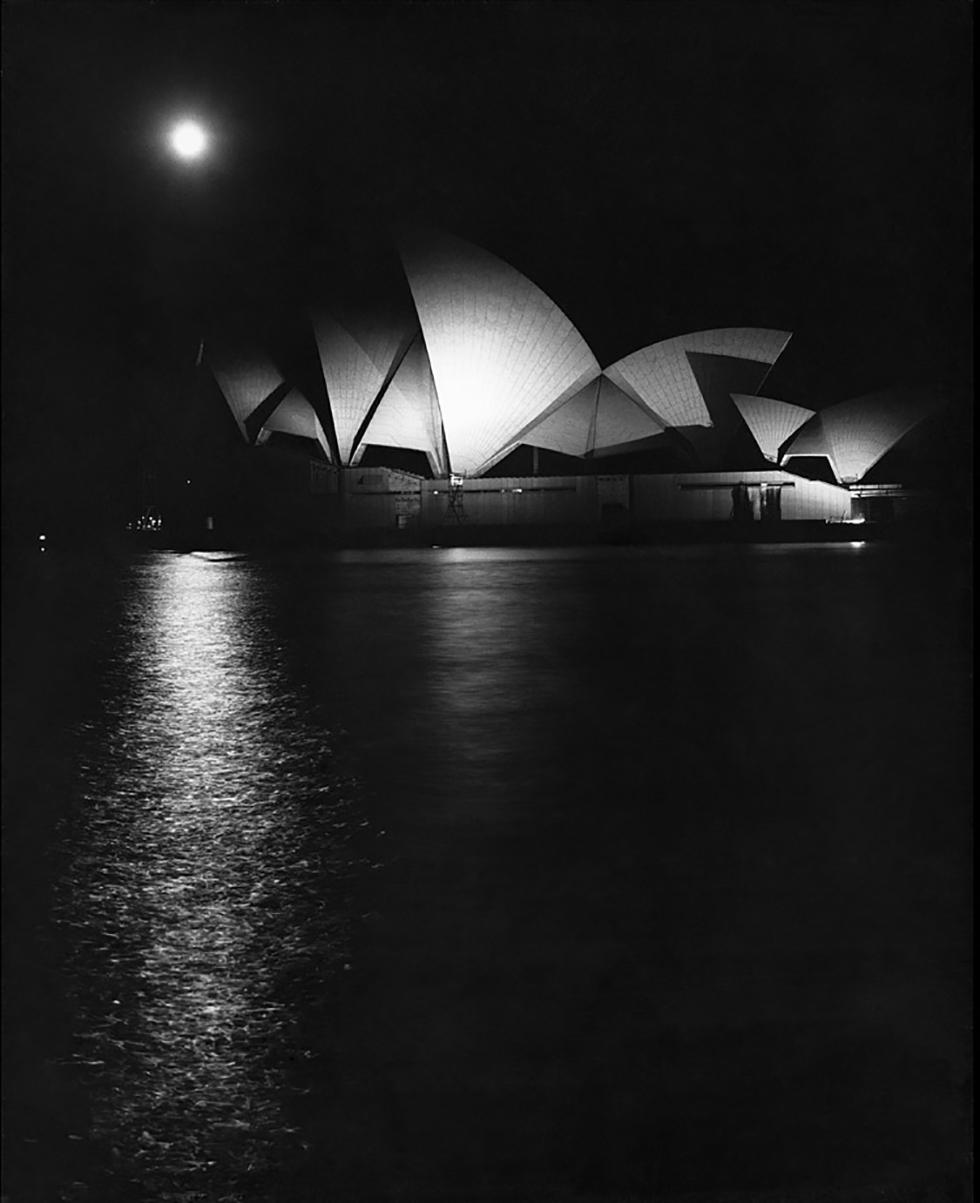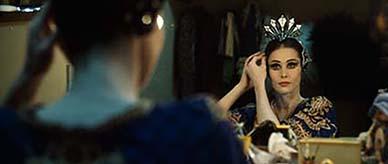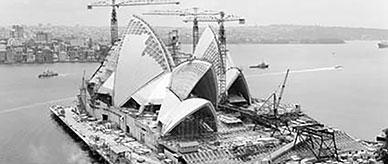


About this record
This is a black-and-white photograph by Max Dupain of the Sydney Opera House at night. It is composed so that the building's white arched roof is highlighted in stark contrast to the dark background. The light from the full moon is reflected on the water and the white sails of the Opera House are floodlit from below. This image was taken in 1972, before the Opera House was completed and opened in 1973.
Educational value
- Max Dupain (1911–92) is regarded as one of Australia's most significant photographers of the modern era, best known for his depictions of everyday life. His photographs helped to define a particular view of Australia and many, including 'The Sunbather', have become symbolic of the Australian way of life.
- The Sydney Opera House is internationally recognised for its unique structure and appears on the World Heritage List. It was designed by Danish architect Jørn Utzon (1918–2008), who won an international competition in 1957. Despite controversies surrounding its design and construction, it is one of the most recognisable buildings of the modern world and an Australian icon. Its distinctive roofline – evocative of a ship in full sail – is emphasised in this photograph.
- Max Dupain saw the Sydney Opera House as a symbol of modernity. He was fascinated by the form and shape of the building, which was built in the Expressionist Modern architectural style and unlike anything else in Australia at that time. Dupain was interested in the building's unique lines and bold outline and the way its structure appeared to change according to the movement of light. His simple and direct style of photography highlights its geometric patterns.
- Dupain was commissioned to record the entire progress of the construction of the Sydney Opera House and worked in partnership with Jørn Utzon. Dupain photographed the building from 1959 until 1966 and again from 1968, spending hundreds of hours on the site. His work was used extensively in several books about the building, including Sydney Builds an Opera House (1973).
- Max Dupain's fascination with the contrasts between light and dark is particularly noticeable in this photograph. Dramatic lighting is used to considerable effect to emphasise the strong lines of the Sydney Opera House. In this photograph, the sculptural quality of the building–particularly the two-way curved sections of roof – has attracted Dupain's attention.
- Dupain's architectural photography is now as highly valued as his depictions of everyday life. Architectural photography became his focus in the late 1960s and he received commissions to photograph many of Australia's modern and historic buildings. Many of his photographs emphasise the sculptural quality of architecture and appear almost abstract in their composition. An emphasis on unusual angles is a striking feature of his photography.
Acknowledgments
Learning resource text © Education Services Australia Limited and the National Archives of Australia 2010.
Image reproduced by permission of the Max Dupain Exhibition Negative Archive.
Related themes
Need help with your research?
Learn how to interpret primary sources, use our collection and more.


